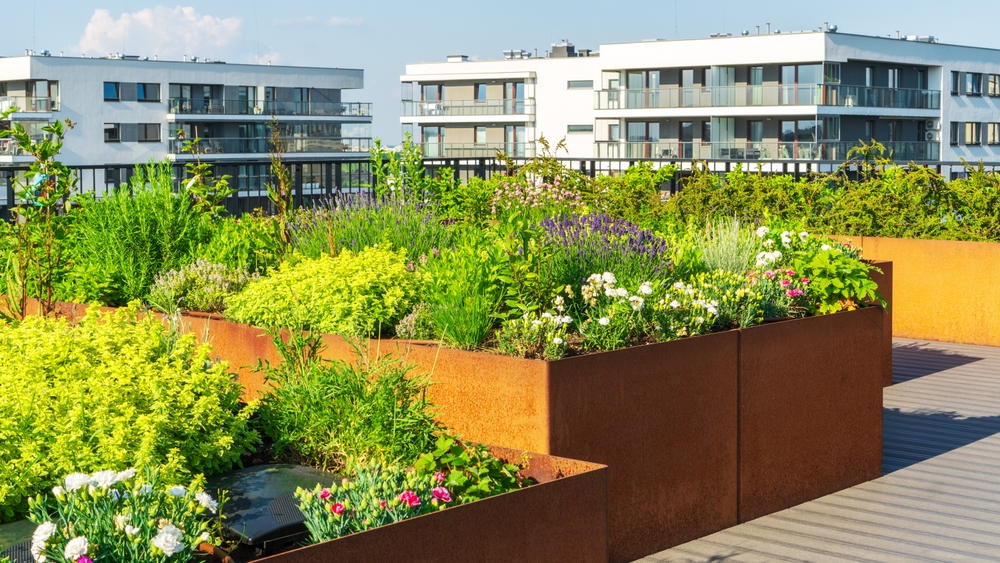
Green Materials: Building the Future of Sustainable Construction
Green Materials: Building the Future of Sustainable Construction
In an era of rapid urbanization and environmental challenges, the use of green materials in construction has become essential for sustainable growth. As cities expand and infrastructure demands rise, the construction industry must adopt eco-friendly practices that reduce waste and carbon emissions. Green materials offer a powerful solution, combining durability, energy efficiency, and environmental responsibility.
India is emerging as a global leader in sustainable construction by promoting the use of green materials in both residential and commercial projects. Let’s explore what they are, their benefits, and how they are transforming modern construction.
What Are Green Materials?
Green materials are environmentally friendly building materials designed to minimize environmental impact throughout their lifecycle—from production and installation to usage and disposal. These materials are often made from renewable, recyclable, or locally sourced components.
Examples include bamboo, recycled steel, fly ash bricks, reclaimed wood, and low-VOC (volatile organic compound) paints. The goal of using green materials is to conserve natural resources, reduce pollution, and enhance building performance.
Why Green Materials Matter in Construction
The construction sector contributes significantly to carbon emissions and waste generation. Integrating green materials into construction practices helps reduce this environmental footprint. These materials not only support energy efficiency but also improve the overall sustainability of buildings.
1. Environmental Conservation
By using green materials, builders can reduce the depletion of non-renewable resources like cement and steel. Materials such as bamboo and fly ash are renewable and have a lower carbon footprint.
2. Energy Efficiency
Many green materials offer superior insulation properties, reducing the need for artificial heating and cooling. This helps lower energy consumption and operational costs over a building’s lifetime.
3. Health and Indoor Air Quality
Traditional construction materials often contain harmful chemicals. In contrast, green materials like non-toxic paints and natural insulation improve indoor air quality, creating a healthier living environment.
4. Cost-Effectiveness
Although some green materials may have higher initial costs, they lead to long-term savings by reducing maintenance, energy, and operational expenses. Over time, they prove to be a wise financial and environmental investment.
Commonly Used Green Materials in India
1. Bamboo
Known as the “green steel,” bamboo is one of the most sustainable green materials available. It grows quickly, requires minimal water, and offers exceptional strength, making it ideal for flooring, scaffolding, and structural use.
2. Recycled Steel
Recycled steel is strong, durable, and endlessly reusable. Using it reduces energy consumption compared to producing new steel from raw materials.
3. Fly Ash Bricks
Fly ash, a byproduct of coal combustion, is used to create lightweight, durable bricks. These green materials not only reduce construction waste but also minimize environmental pollution.
4. Reclaimed Wood
Reclaimed wood adds natural beauty to interiors while reducing the demand for new timber. It’s widely used in flooring, furniture, and decorative finishes.
5. Low-VOC Paints and Finishes
Low-VOC (Volatile Organic Compounds) paints are safer for occupants and the environment. These materials improve indoor air quality and support sustainable design practices.

Government and Industry Support in India
The Indian construction industry is increasingly adopting materials as part of national sustainability goals. Organizations like the Indian Green Building Council (IGBC) and the Bureau of Energy Efficiency (BEE) are promoting eco-friendly standards and certifications for sustainable buildings.
To learn more about green building certifications and sustainable materials, you can visit the official Indian Green Building Council (IGBC) website.
Integrating Green Materials into Your Project
Adopting green materials in construction requires thoughtful design and expert guidance. Builders, architects, and homeowners should prioritize locally available, recyclable, and energy-efficient materials during planning.
If you’re considering sustainable construction or want to learn how materials can enhance your project, contact AMS India. Their team of experts specializes in eco-friendly construction solutions that align with the latest green building standards.
Conclusion
The future of construction lies in sustainability—and materials are at the core of this transformation. They promote energy efficiency, reduce waste, and enhance the durability and comfort of buildings.
By choosing materials, we take a step toward protecting the environment, conserving resources, and ensuring a healthier future for generations to come. Sustainable construction is not just a responsibility—it’s the foundation of a better tomorrow.
Read more related articles to enhance your knowledge and make informed decisions
Cost-Effective Modular Construction: Fast, and Sustainable Building Solutions
Smart Modular Buildings: Innovative, Efficient, and Sustainable Construction








